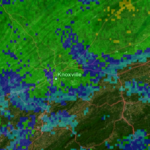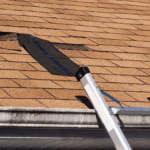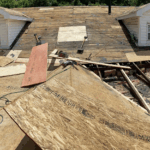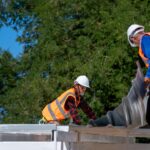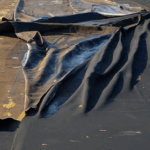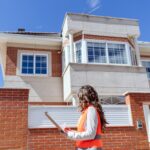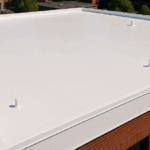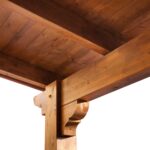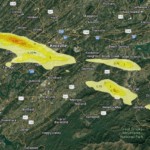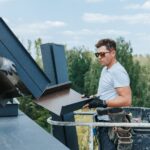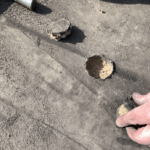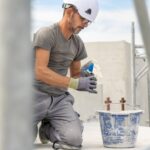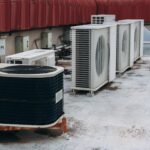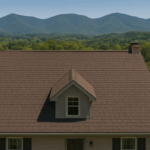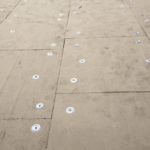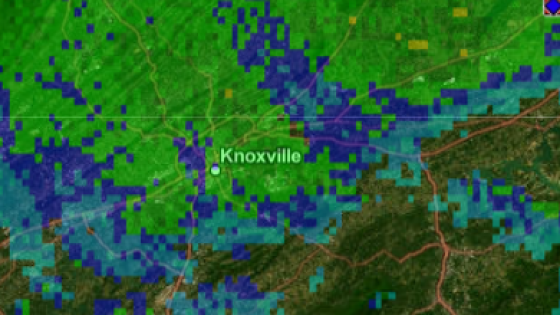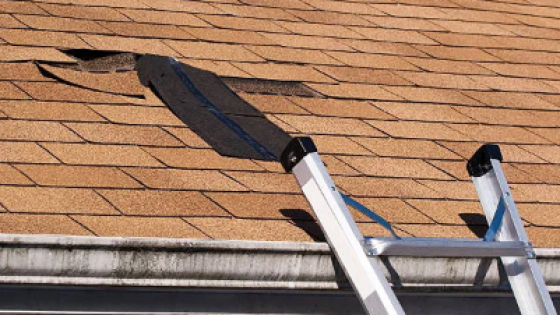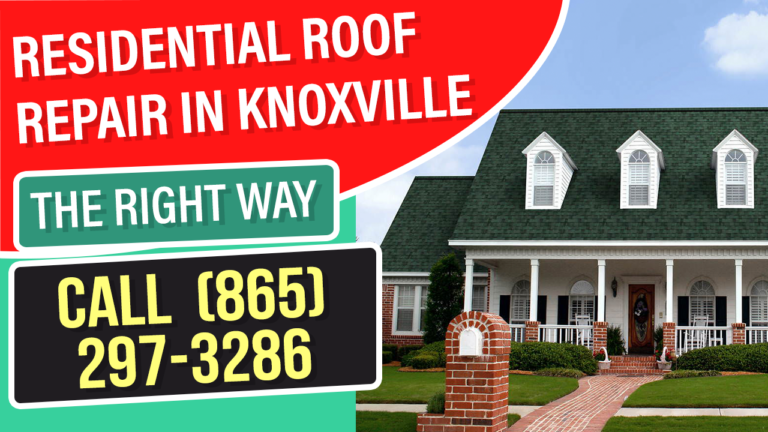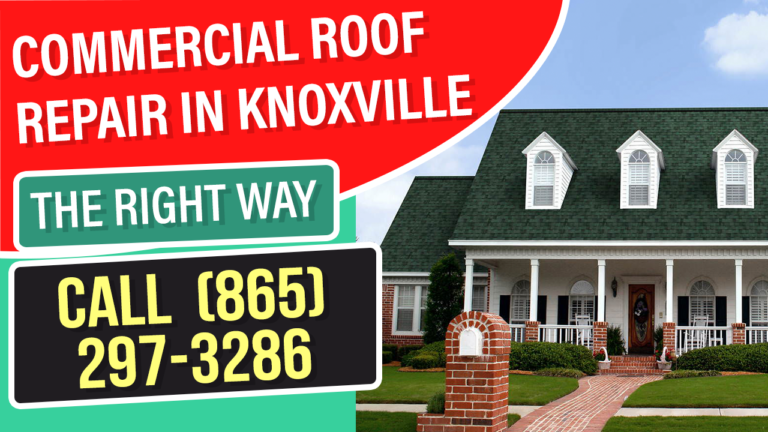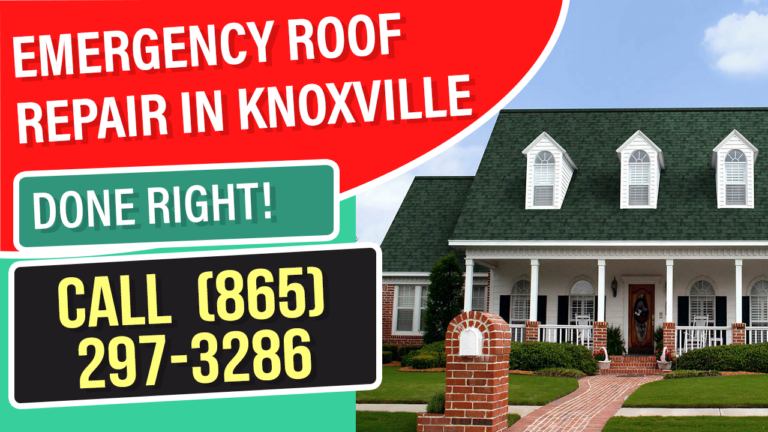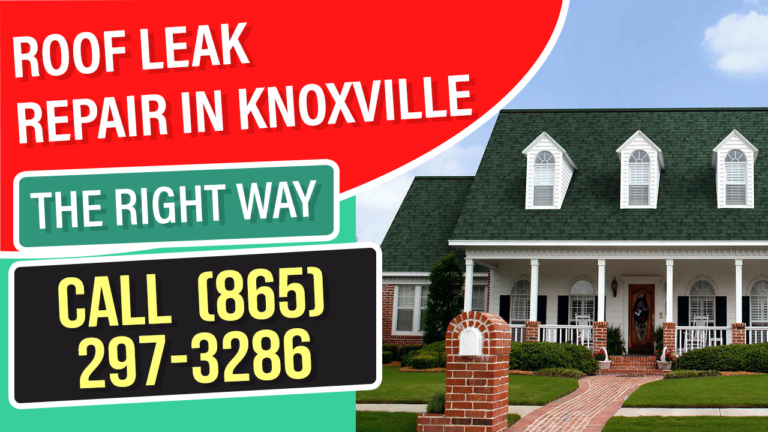When hail hits, commercial roofs take the brunt of the impact. The result? Dents, cracks, punctures, and membrane damage that can lead to water intrusion, structural weakness, and costly repairs.
At Litespeed Construction, a Knoxville, TN roofing company with national recognition for its commercial roofing expertise, we know that repairing Hail Damage On Commercial Roofs is a time-sensitive task. NOAA data shows that hail causes over $1 billion in property damage annually in the United States, much of it to commercial buildings.
This comprehensive guide covers how to inspect, assess, and repair hail damage, along with OSHA safety protocols, FEMA recovery tips, and the insurance claim process so building owners can act fast and avoid expensive downtime.
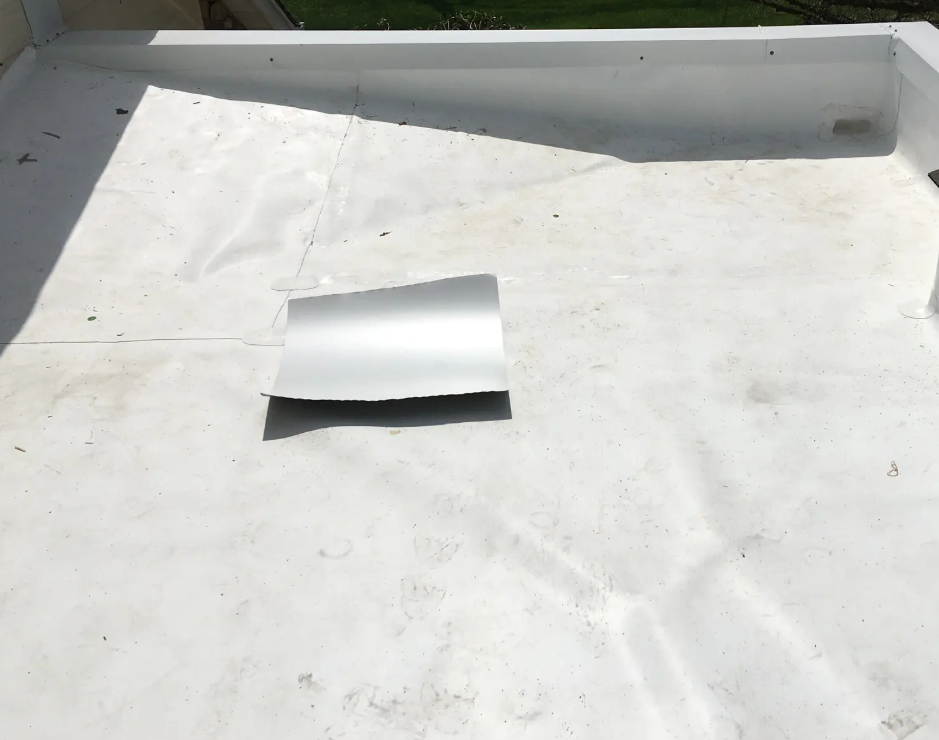
Key Takeaways
💡Quick Response Prevents Bigger Problems
💡Professional Inspections Save Money
💡Insurance Can Cover Most Repairs
💡Material Matters and determines the best repair approach
Why Hail Damage On Commercial Roofs Is a Big Deal
The National Weather Service (NWS) classifies hail greater than 1 inch in diameter as capable of causing severe roof damage. For commercial roofs:
- Flat roofs can suffer punctures in membranes.
- Metal roofs can develop dents that lead to coating failure and rust.
- Built-up roofs can lose gravel protection, exposing layers to UV damage.
According to FEMA, water damage following hailstorms is the second most common cause of commercial insurance claims after fire.
Statistic: In Tennessee alone, NOAA Storm Events Database recorded over 1,300 hail events between 2010 and 2024, with many producing hailstones 2 inches or larger—enough to destroy roof membranes in one storm.
Step-by-Step: How to Repair Hail Damage On Commercial Roofs
1. Safety First – OSHA Protocols
Per OSHA 29 CFR 1926, any commercial roof inspection or repair must use:
- Fall protection systems for edges over 6 feet high.
- PPE (gloves, safety glasses, hard hats).
- Weather checks to avoid slippery conditions.
2. Conduct a Thorough Inspection
What to look for:
- Membrane tears on TPO, EPDM, or PVC roofs.
- Dents and paint loss on metal panels.
- Crushed granules on modified bitumen.
- Flashing separation around drains and penetrations.
Tools used: Drone inspections, moisture meters, thermal imaging cameras.
3. Document Everything for Insurance
4. Determine Repair vs. Replacement
| Roof Type | Minor Damage Repair | Severe Damage Solution |
|---|---|---|
| TPO/EPDM | Patch membrane with heat-welded or adhesive-backed patches | Full membrane replacement |
| Metal Roof | Apply elastomeric coating to dents | Replace panels and reseal seams |
| Modified Bitumen | Apply cold-applied patch with reinforcing fabric | Replace damaged sections or entire cap sheet |
| Built-Up Roof | Add gravel ballast and reseal bitumen | Replace multiple layers if moisture is trapped |
5. Perform Repairs Using Manufacturer Guidelines
Following the manufacturer’s repair recommendations ensures that warranties remain valid. Litespeed Construction technicians are certified by GAF meaning repairs meet or exceed industry standards.
6. Schedule Preventive Maintenance
Regular inspections after major storms help detect slow-developing problems such as moisture intrusion or rust formation. FEMA recommends biannual inspections in hail-prone areas.
Common Mistakes to Avoid
- Waiting too long – Small punctures expand with freeze-thaw cycles.
- DIY patching without experience – Can void warranties and lead to larger leaks.
- Ignoring gutters and drains – Hail often damages these, causing hidden pooling.
Pros & Cons of DIY vs. Professional Repair
Pros of DIY:
- Lower upfront cost.
- Immediate action without waiting for scheduling.
Cons of DIY:
- High safety risks without OSHA training.
- Limited ability to detect hidden moisture damage.
- Possible warranty voids and insurance claim denials.
Insurance Claim Tips for Hail Damage On Commercial Roofs
- File Immediately – Most insurers require notification within 30 days.
- Get Multiple Estimates – Increases claim credibility.
- Work with a Contractor Experienced in Insurance Negotiation – Litespeed Construction has a proven track record of maximizing claim payouts for Knoxville businesses.
- Keep All Records – Repairs, inspections, and communications should be documented.
FAQs about Hail Damage On Commercial Roofs
If damage affects roof integrity or waterproofing, most policies cover it. A professional inspection confirms severity.
Yes, if the damage is isolated and the membrane or panels are still structurally sound.
Typically within 30–180 days, depending on your policy.
Impact-rated metal roofing and thicker TPO membranes offer the best hail resistance.
Hail smaller than 1 inch can still cause significant damage over time, especially on aged roofs.
Minor repairs start at $500; full replacements can exceed $50,000 depending on size and material.
Not if repairs follow manufacturer guidelines and use certified contractors.
Install impact-rated materials and schedule annual roof inspections.
Not always—many issues require close inspection or drone imaging.
Yes, even minor dents or cracks can shorten roof life if not addressed.

